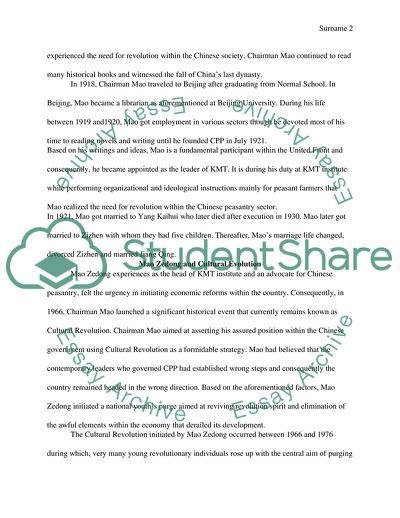Cite this document
(Mao Ze Dong and Cultural Revolution Essay Example | Topics and Well Written Essays - 1500 words, n.d.)
Mao Ze Dong and Cultural Revolution Essay Example | Topics and Well Written Essays - 1500 words. https://studentshare.org/history/1847507-chinese-history-biography-assignment-mao-ze-dong
Mao Ze Dong and Cultural Revolution Essay Example | Topics and Well Written Essays - 1500 words. https://studentshare.org/history/1847507-chinese-history-biography-assignment-mao-ze-dong
(Mao Ze Dong and Cultural Revolution Essay Example | Topics and Well Written Essays - 1500 Words)
Mao Ze Dong and Cultural Revolution Essay Example | Topics and Well Written Essays - 1500 Words. https://studentshare.org/history/1847507-chinese-history-biography-assignment-mao-ze-dong.
Mao Ze Dong and Cultural Revolution Essay Example | Topics and Well Written Essays - 1500 Words. https://studentshare.org/history/1847507-chinese-history-biography-assignment-mao-ze-dong.
“Mao Ze Dong and Cultural Revolution Essay Example | Topics and Well Written Essays - 1500 Words”. https://studentshare.org/history/1847507-chinese-history-biography-assignment-mao-ze-dong.


